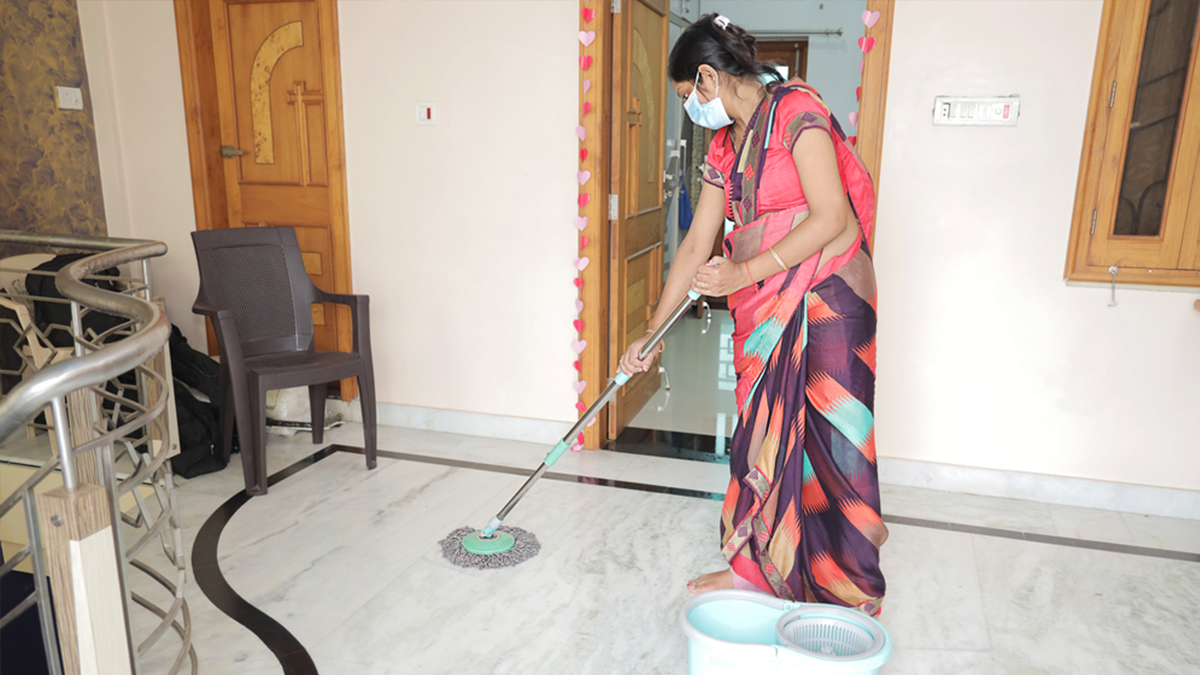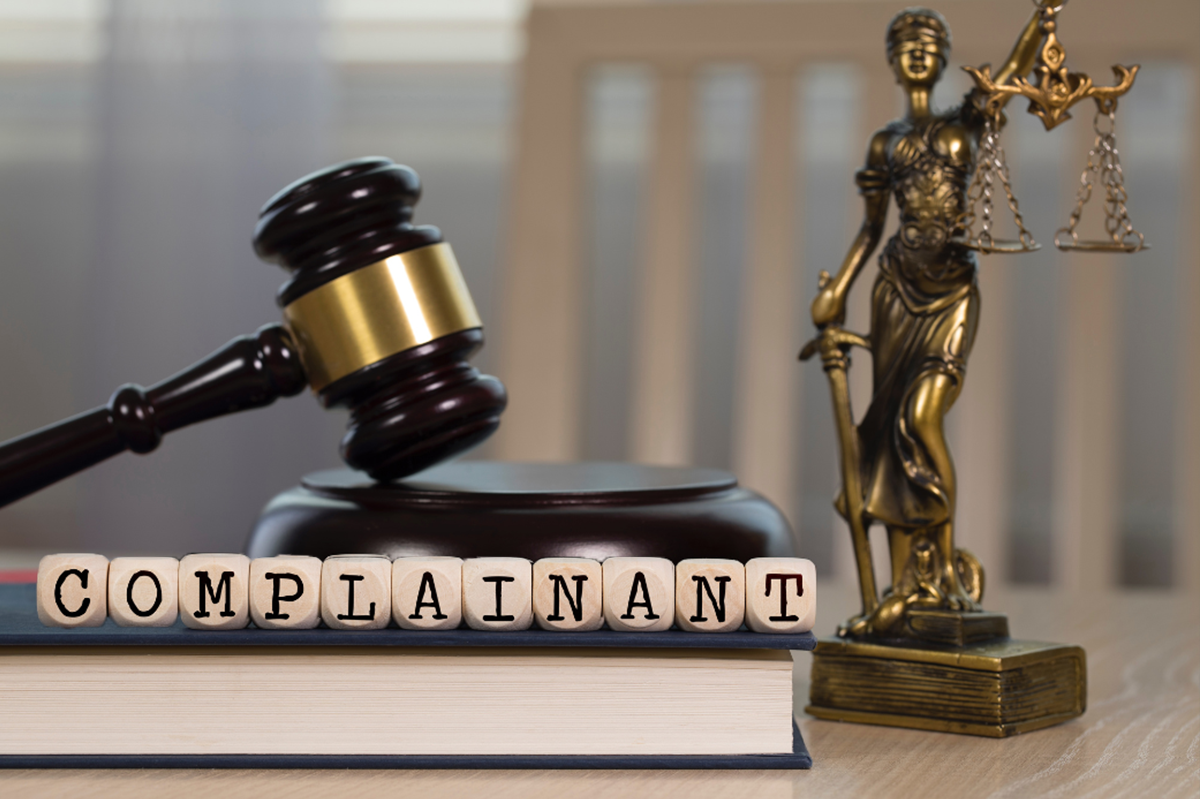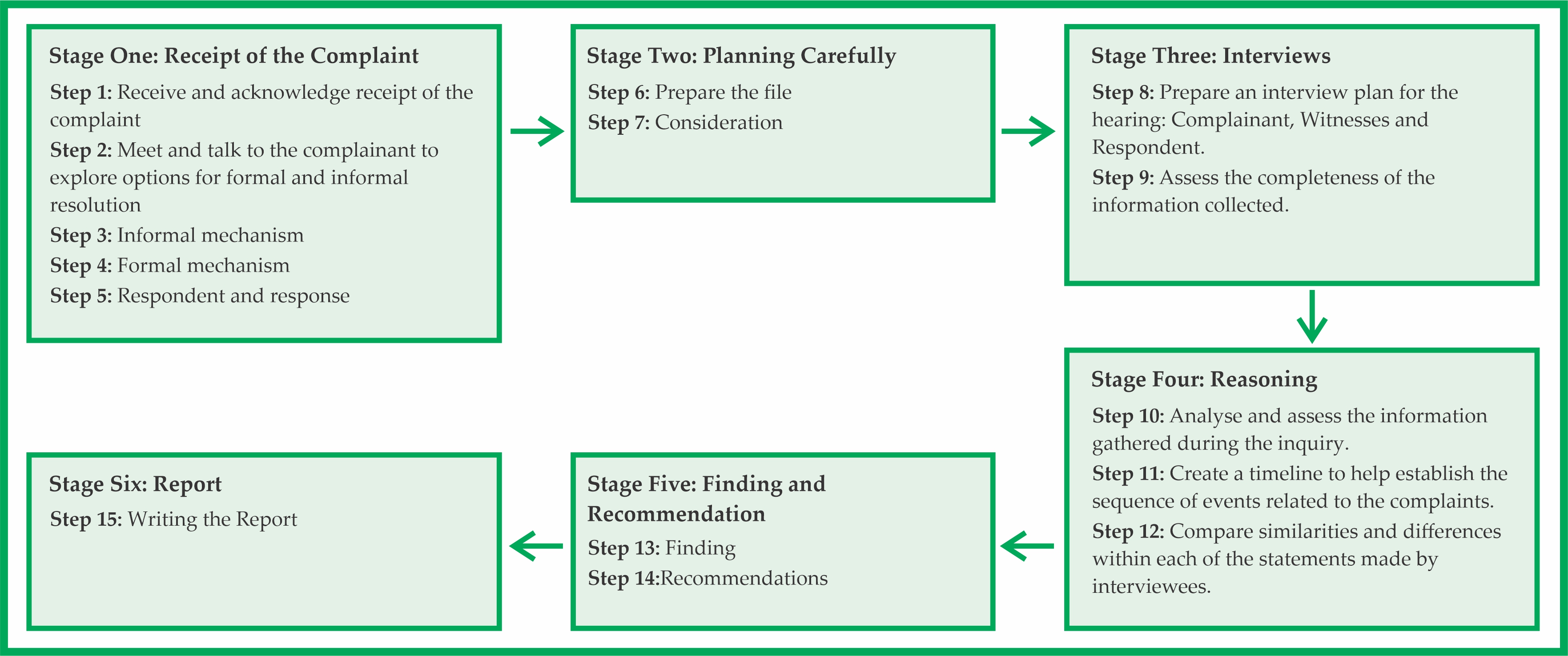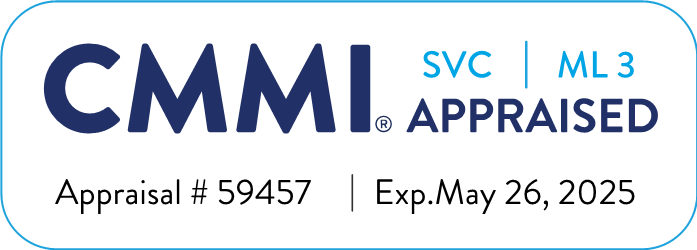Welcome to Prakhar Software Solutions Ltd.
- Email Id : info@prakharsoftwares.com
- C – 11, LGF, Opp. State Bank of India, Malviya Nagar
POSH ACT
Sexual Harassment of Women at Workplace Act (Prevention, Prohibition and Redressal) Act, 2013
- Home
- POSH
Awareness About POSH ACT
Sexual Harassment of Women at Workplace Act (Prevention, Prohibition and Redressal) Act, 2013
The POSH Act is enforceable across the entirety of India, ensuring all workplaces are legally required to provide a safe and secure environment free from sexual harassment for women.
- Objective: The core objective of the POSH Act is encapsulated in three key principles:
- Prevention: Establishing measures to prevent instances of sexual harassment.
- Prohibition: Enforcing strict prohibitions against sexual harassment at the workplace.
- Redressal: Facilitating a mechanism for the redressal of complaints related to sexual harassment.

What is Sexual Harassment?
Sexual harassment includes any unwelcome behavior of a sexual nature that creates a hostile or intimidating environment. Sexual harassment does not always have to be specifically about sexual behavior or directed at a specific person. For example, negative comments about women as a group may be a form of sexual harassment. This can manifest in several forms:
Types of Sexual Harassment : Here are some common types of sexual harassment:

1. Verbal Harassment
- Offensive comments, jokes, or remarks of a sexual nature.
- Sexual innuendos or suggestive comments.
- Unwanted sexual advances or requests for sexual favors.

2. Non-Verbal Harassment
- Inappropriate gestures or facial expressions.
- Displaying sexually suggestive images or materials.
- Unwanted staring or leering.

3. Physical Harassment
- Unwanted touching, fondling, or groping.
- Blocking someone’s path or intentionally sexually brushing against them.

4. Visual Harassment
- Exhibitionism or exposing one’s private parts.
- Sending explicit images or videos without consent.

5. Cyber Harassment
- Unwanted sexual advances, comments, or messages through digital communication channels, such as email, social media, or messaging apps.
- Online stalking or sharing intimate images without consent.
Note:
It’s important to note that Sexual Harassment is not about the intent of the person engaging in the behavior but rather the impact it has on the recipient. What one person may find acceptable, another may find offensive. The perception of unwelcomeness and the impact on the victim are crucial factors in determining whether an action constitutes sexual harassment.
Q. Who is covered?
Employees
- Regular, temporary, ad hoc employees
- Directly/through an agent/contract
- With or without remuneration/voluntary
- Express/implied terms of employment
- Probationer/apprentice…
Aggrieved Woman
- The Act recognizes the right of every woman to a safe and secure workplace environment irrespective of her age or employment/work status.
- It includes all women whether engaged directly or through an agent including a contractor, with or without the knowledge of the principal employer.
- The Act also covers a woman, who is working in a dwelling place or house.
Q. What Constitutes a Workplace?

Government owned/controlled establishment

Hospitals/ Nursing homes

Dwelling place in case of a domestic worker

Sports institutes, stadiums, training institutions

Private sector Organization

Vocational/ Education Institutions
Preventions :-
Recognition
- Workplace Sexual Harassment is UNWELCOME behaviour
- SEXUAL in nature
- A SUBJECTIVE Experience
- IMPACT not intent is what matters
- Often occurs in a matrix of POWER
Welcome & Un-welcome Behaviour
- UN-WELCOME vs WELCOME
- Feels bad -Feels good
- One-sided -Reciprocal
- Feels powerless- In-control
- Power-based -Equality
Impacts :-

Professional impact
- Decreased work performance
- Increased absenteeism, loss of pay
- Loss of promotional opportunities
- Retaliation from the respondent, or colleagues/ friends of the respondent
- Subjected to gossip and scrutiny at work
- Being objectified

Personal impact:
- Depression
- Anxiety, panic attacks
- Traumatic stress
- Sleeplessness
- Shame, guilt, self-blame
- Difficulty in concentrating
- Headaches
How to deal with Sexual Harassment:-

- Immediately inform the alleged harasser that the behavior is unwelcome.
- Do not pretend it did not happen.
- Demand that the harassment be stopped.
- Reinforce your statements with a firm tone and professional body language.
- Report to the ICC within 3 months.
Rights of the Complainant & Respondent :-

Rights of the Complainant
- An empathetic attitude from the Complaints Committee so that she can state her grievance in a fearless environment.
- Keeping her identity confidential throughout the process.
- Support, in lodging FIR in case she chooses to lodge criminal proceedings.
- A copy of the statement along with all the evidence and a list of witnesses submitted by the Respondent.

Rights of the Respondent
- A patient hearing to present his case in a non-biased manner.
- Keeping his identity confidential throughout the process.
- Right to appeal in case not satisfied with the recommendations/findings of the Complaints Committee.
- A copy of the statement along with all the evidence and a list of witnesses submitted by the complainant.
Responsibilities of IC:-

- Be thoroughly prepared.
- Know the Act, Policy and/or relevant Service Rules.
- Gather and record all relevant information.
- Determine the main issues in the complaint.
- Prepare relevant interview questions.
- Conduct necessary interviews.
- Ensure parties are made aware of the process and their rights/responsibilities within it Analyse information gathered.
- Prepare the report with findings/recommendations.
The Sexual Harassment Complaint Process:-

The Sexual Harassment Report:-

The Complaints Committee will prepare a final report that contains the following elements-
- A description of the different aspects of the complaint.
- A description of the process followed.
- A description of the background information and documents that support or refute each aspect of the complaint.
- An analysis of the information obtained.
- Findings as stated above.
Important dates for Complainant/Respondent/ICC

COMPLAINTS COMMITTEE
You can reach out to ICC (Internal Complaints Committee) at Prakhar Software Solutions Limited, comprising of:
Presiding Officer:Ms. Niharika Jajoo, Company Secretary– niharika.jajoo@prakharsoftwares.com, 9289258125
Internal Members:
Mr. Sahil Chandhok – Tender Manager, sahil.chandhok@prakharsoftwares.com,8826660317
Mr. Shailesh Singh Rathore - Manager, shailesh.singh@prakharsoftwares.com, 8826660324
Littil Kumari – Manager - HR, littil.kumari@prakharsoftwares.com, 8789566314
External Member
Ms. Akshita Sodhi, Advocate, Advakshitasodhi@gmail.com, 7500126005
About Prakhar
With an objective to serve our society in terms of enhanced employment rate and better lifestyle to every individual of this nation, we are working efficiently with our clients who encompass both the corporate and government organizations. Prakhar Software Solutions Ltd.
Investor Relations
POSH Act
Address
Registered & Corporate Office
Prakhar Software Solutions Limited
C – 11, LGF, Opp. State Bank of India, Malviya Nagar, New Delhi - 110017
© 2025 All Rights Reserved. Prakhar Software Solutions Ltd.
